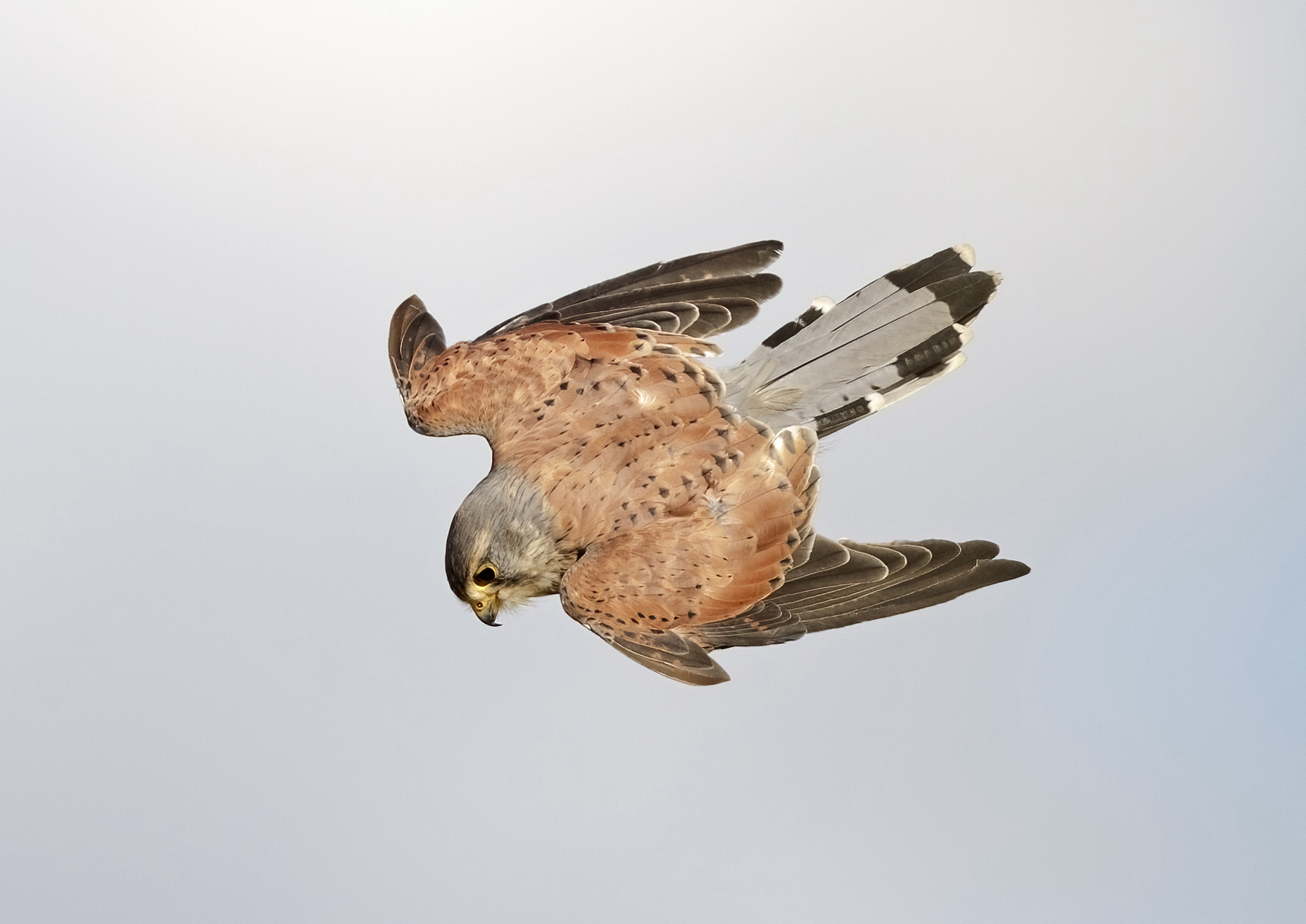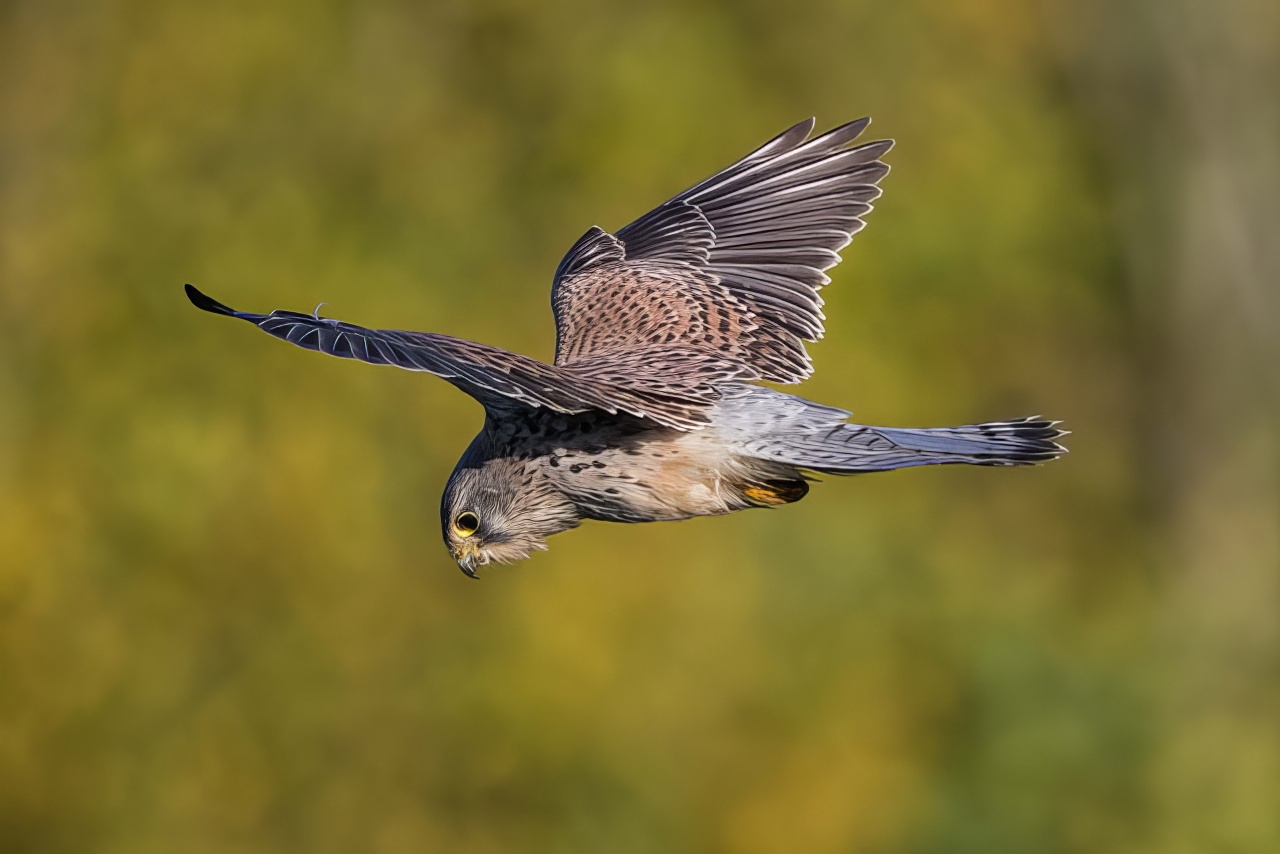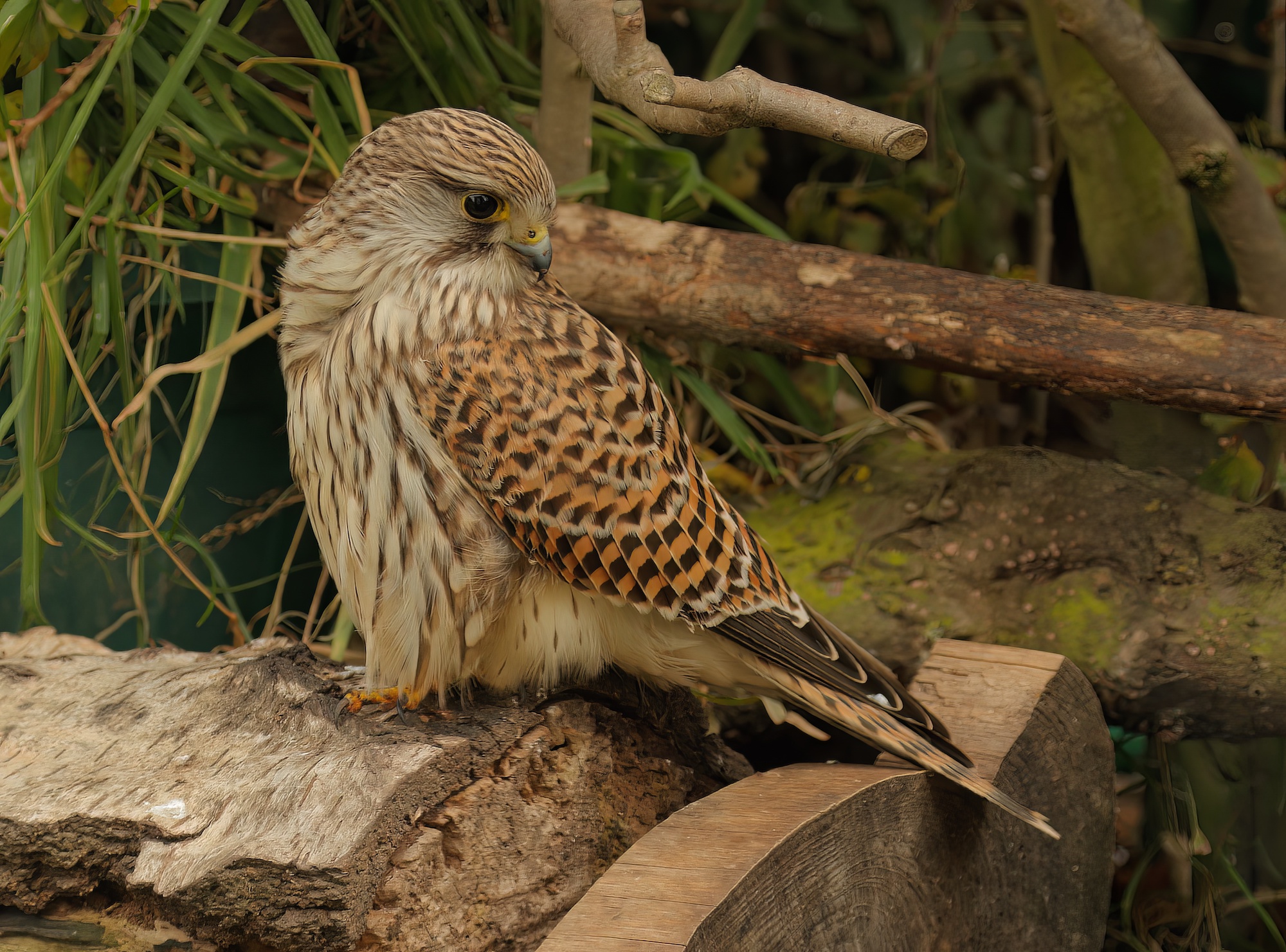Common Kestrel Falco tinnunculus
Common resident and passage migrant.



The Atlas suggested a breeding population of 1,000–1,500 pairs in the late 1980s. BTO survey data covering the most recent 25 years show a decline of -21% in England over this period and this is clearly reflected in the intensively farmed county of Lincolnshire. Intensification of arable farming and particularly the losses of rough grass field edges and earlier cultivation of fields combined with early autumn mowing of rough grass impacts food availability that may have a more serious effect upon newly fledged young. The highest concentration of birds, mostly juveniles, occurs on the Humber coast and The Wash coast in August-September when birds concentrate to feed on insects attracted to flowering Sea Aster Tripolium pannonicum. The monthly peak count at Gibraltar Point in August 2018 was 28 birds for example. Spring and autumn passage occurs along the coast but is more difficult to detect inland. A long-running Lincolnshire study by Alan Ball and Bob Sheppard based on ringing pulli confirms the variation in productivity based on the four-year cycle of the Field Vole Microtus agrestis and also confirms the increasing importance of nest box provision to this species in the county. The table below lists the details of that ringing project 2014-2023:
| Nest box data | 2014 | 2015 | 2016 | 2017 | 2018 | 2019 | 2020 | 2021 | 2022 | 2023 |
| Total nests* | 150 | 43 | 98 | 110 | 98 | 131 | 49 | 99 | 86 | 73 |
| Failures | 16 | 5 | 4 | 4 | 15 | 11 | 7 | 12 | 7 | 8 |
| Broods ringed | 111 | 17 | 58 | 61 | 56 | 81 | 30 | 58 | 56 | 43 |
| Chicks ringed | 449 | 46 | 203 | 195 | 154 | 294 | 94 | 210 | 224 | 122 |
| Average chicks/brood ringed | 4.0 | 2.7 | 3.5 | 3.2 | 2.8 | 3.6 | 3.1 | 3.6 | 4.0 | 2.8 |
* Total nests = "missed" and "outcome unknown" as well as ringed + failures
(Account as per new Birds of Lincolnshire (2021), included October 2022)
